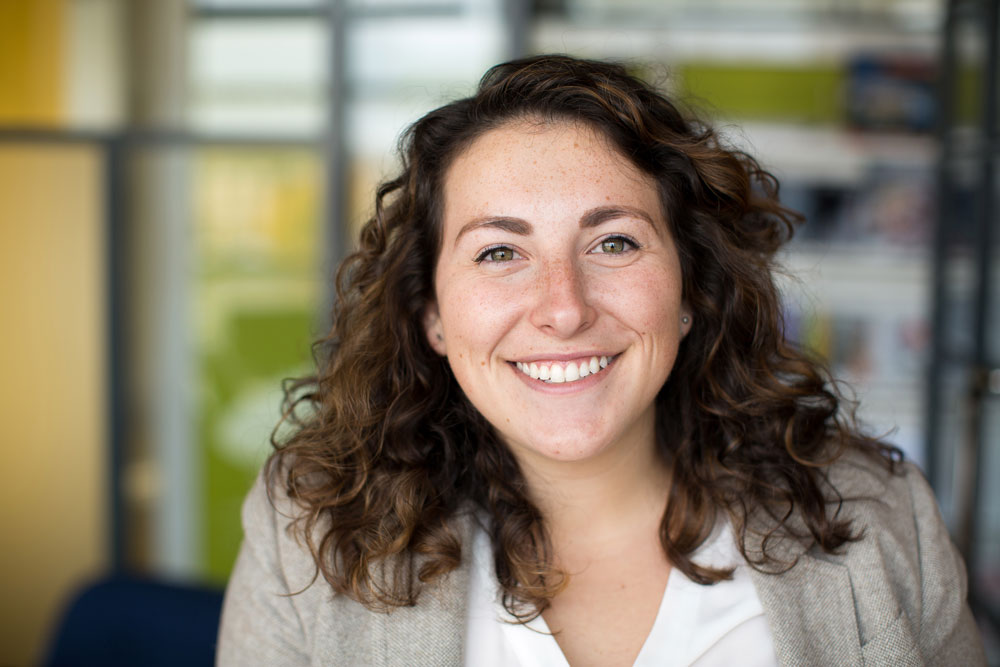Universal Design and Designing for Inclusivity
It's Personal
Imagine a group of 400 people in comparison to billions on the earth. My brother, Jack, is one of about 400 in the world with a rare genetic syndrome called Cardio-Facio-Cutaneous Syndrome (CFC). To put that in further perspective, there is roughly a 1 in 19 million chance of a person to be diagnosed with CFC - you’d actually be more likely to win the lottery! CFC affects the heart, cognitive development, motor, and physical skills as well as a person’s general physical appearance. Similar to Down Syndrome, people with CFC carry a similar physical resemblance.
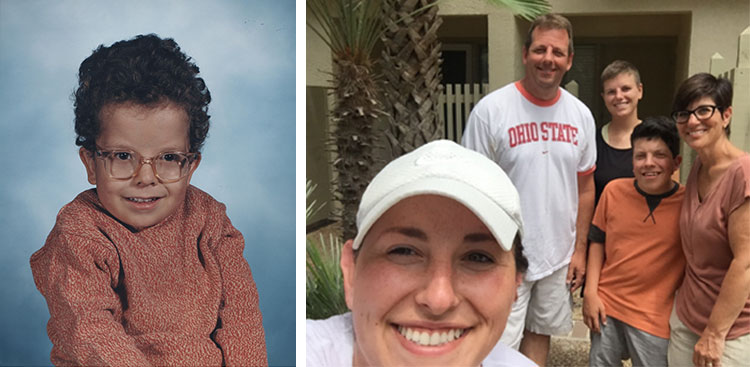
R | Meet Madison's Family, The Doyle's from Medina, OH
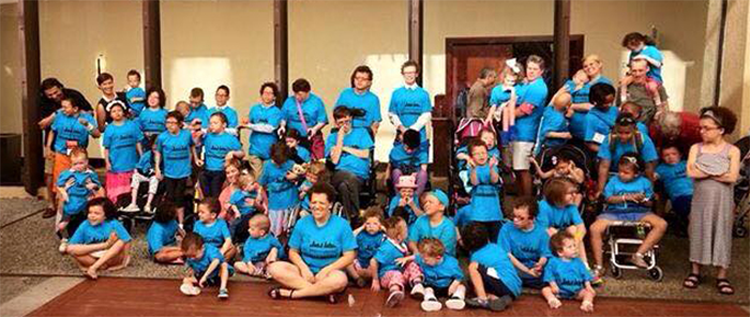
For the most part, my family and I led a typical, suburban Ohio life, although our experiences have been heavily centered around Jack and his abilities. Day to day experiences with Jack have made us very aware of places which are not friendly for those who are not fully abled, or those who face physical challenges. I noticed from an early age when spaces were not accessible and how these experiences can deeply map a person’s habits. I vowed to make a difference as early as seven years old, long before I was even exposed to interior design and architecture.
As I was making decisions about college and career path, I was drawn to interior design. The effect of interior spaces on the building, the ability to shape someone’s experience and change people’s lives sounded like it was exactly what I was looking for. My foundation for design knowledge during my education was very technical in nature. Through undergrad at Kent State University, we spent many hours learning about code and accessibility, but we were pushed to be innovative thinkers regarding our projects and how they could be different than typical built environments. I wanted to design spaces that were more accessible for my brother and others like him, so I sought to better understand Universal Design and requirements for more accessible spaces.
The concept of Universal Design may sound simple, though truly designing for everyone is a large feat. As designers, architects and planners, we should seek out opportunities to inclusively improve the user’s experience in the constructed environment. Public spaces such as parks or landscape constructs have made leaps in progress toward inclusive design. For example, the Chicago Riverwalk, The High Line in New York City, ADA compliant trails at Rocky Mountain National Park and the Statue of Liberty National Park provide equal access for visitors of varying physical abilities.

R | The High Line provides a raised exploration of NYC for all

R | Adapted National Parks allow visitors of all kinds to explore
ADA in Practice
Where does the built interior environment stand in these recent milestones towards accessibility? Since its inception in the 1990's, buildings follow The Americans with Disabilities Act (ADA) for accessibility minimum requirements in design. In addition to ADA requirements, building design is also required to meet local code designations in each state. While we abide by these minimums, spaces can still feel like an obstacle course for those with varying levels of abilities.
When a design team is challenged with a smaller budget or shorter timeline, how do we design spaces that create an equal experience for all? Is this a question you are hearing from professionals in the design and construction community?
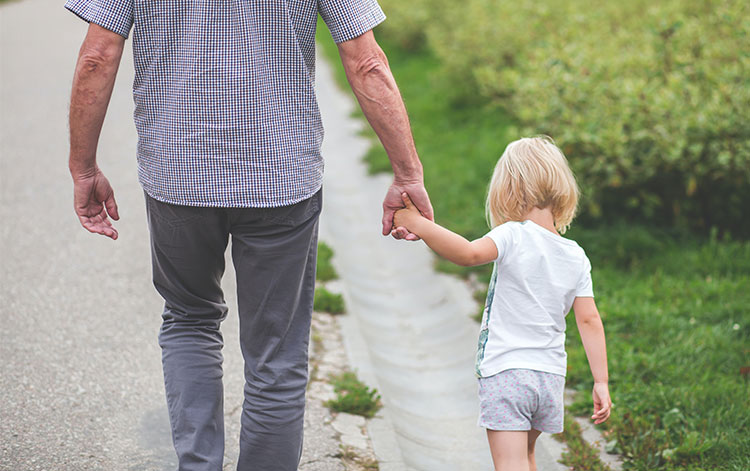
Universal Design in Practice
Public spaces and visitor attractions are more likely to implement Universal Design principles. Spaces such as these in busy cities will be visited by thousands upon thousands of people in any given year, so there is a greater pressure to accommodate various age groups, ability levels and interests. When I lived in Chicago, I spent the weekends exploring my new city. Just like any large city, there are many spots that are popular for both locals and tourists alike. North Avenue Beach was one spot where I spent a lot of time. It was my spot to be a recluse, away from the bustling city.
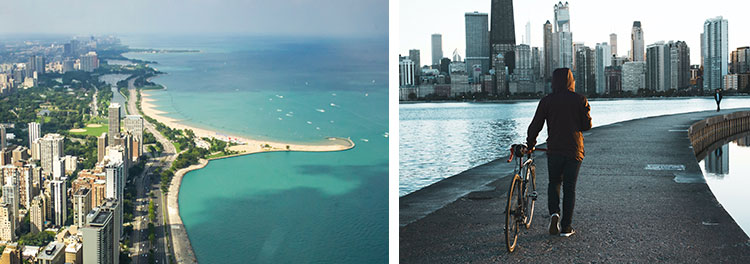
This park is more than a place to catch some rays and lounge on the sand with a view of the lake - it has something for everyone. The bike path connects the downtown area to the more northern boroughs, provides an accessible walkway for people with strollers and wheelchairs to travel easily through the park and out onto a concrete ‘pier' and leads to the best view of the skyline. In addition to the ‘piers’, there is an accessible path to the water through the sand and traditional public restroom facilities. For me, it was the convenience of the park and the beautiful view, that made this my favorite escape in the city. I know that for others, the thoughtfulness of accessibility features are a major benefit, not only for visitors with physical challenges but for families as well.
Universal Design > Design
At DesignGroup, we are always seeking out ways to incorporate Universal Design principles and we collaborate with experts on the subject. The Maximum Accessible Housing of Ohio group, (MAHO) visited our Columbus office for a presentation and discussion on how we can make spaces more inclusive. The session sparked some great conversation within the group and laid a strategy to help us design more inclusively.
According to the US Census of 2010, 18.7% of the population is disabled in some way. This is a continually-rising, large portion of the population, who cannot experience spaces in the same way a typical-bodied person can. Our challenge as designers and architects is to not only accommodate the user by adhering to ADA requirements, but to provide solutions which allow for total inclusion. Incorporating Universal Design practices would ensure equity, inclusion, usability and of course accessibility.

Considerations During Design
Simple considerations, such as movement, can impact how the user will interact with the space. Create visualizations for how they will maneuver, sit, stand, reach, grasp, see and relate to the space through finishes and thoughtful materials.
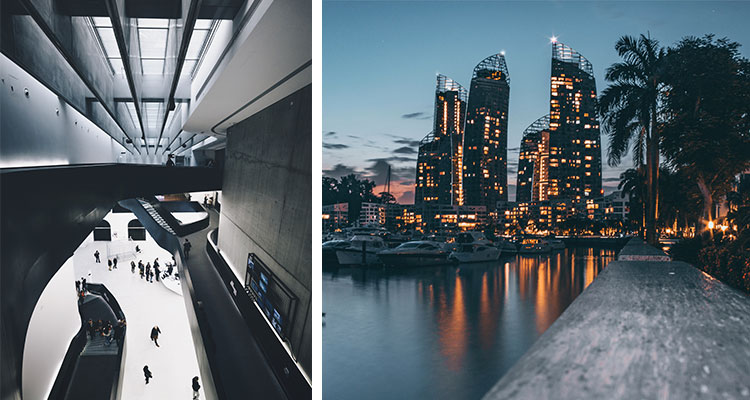
R | Reflections at Keppel Bay - High-rise residential development for a vast range of people.
We should celebrate the considerable progress made in designing accessible spaces but we still have a lot of ground to cover before we can consider design to be truly inclusive to all. Creating inclusive spaces would changes lives of almost twenty-percent of the population, allowing each person to be immersed in the space, as the conceptual vision for most projects intends. Eventually, the movement will come full circle - Universal Design, will simply be design.
